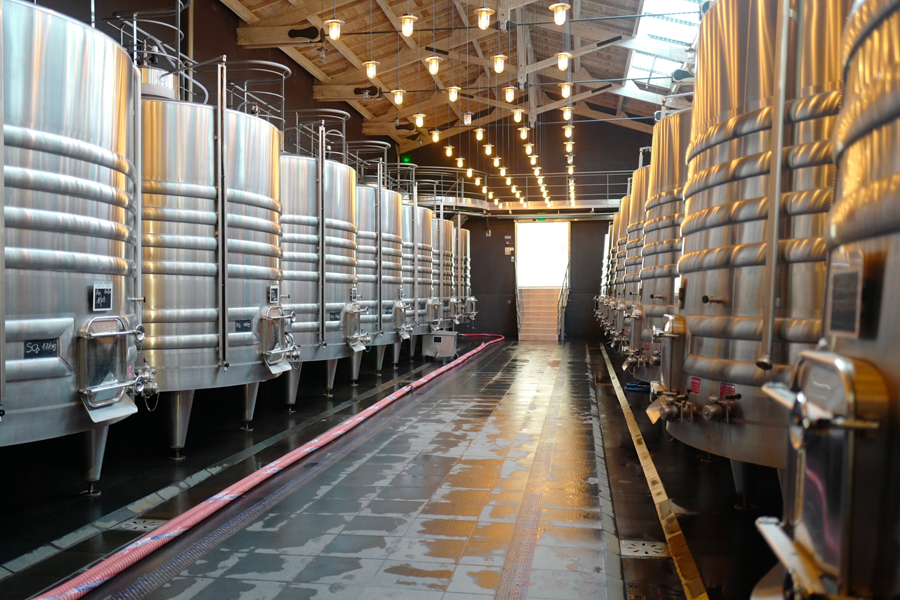Introduction
Facilities management services are undergoing a profound transformation, entering an era defined by technological evolution. The advent of interconnected technologies is reshaping the way buildings and spaces are managed, giving rise to what can be termed as “Connected Spaces.” This article explores the diverse facets of this technological evolution and its impact on enhancing the efficiency, sustainability, and responsiveness of facilities management operations.
1. The Digital Wave in Facilities Management: A Paradigm Shift
The introduction of digital technologies marks a paradigm shift in the landscape of facilities management. Connected Spaces signify the departure from traditional manual processes towards a dynamic and interconnected ecosystem, where data and devices collaborate seamlessly to optimize operations.
2. Internet of Things (IoT) Integration: Connecting the Physical and Digital Worlds
At the core of Connected Spaces lies the integration of the Internet of Things (IoT). Sensors, devices, and equipment embedded with IoT technology provide real-time data on various aspects of facilities, enabling facilities managers to make informed decisions, monitor performance, and enhance operational efficiency.
3. Smart Building Infrastructure: Transforming Traditional Spaces
Connected Spaces leverage smart building infrastructure to transform traditional spaces into intelligent, responsive environments. Through the integration of advanced technologies like smart lighting, HVAC systems, and security, buildings become dynamic entities that adapt to the needs of occupants, optimizing energy usage and overall performance.
4. Data Analytics for Informed Decision-Making: Harnessing Insights
The abundance of data generated by Connected Spaces is a valuable asset for facilities managers. Data analytics tools process this information, providing actionable insights. Facility managers can harness these insights for predictive maintenance, space optimization, and strategic decision-making, leading to more efficient operations.
5. Mobile Facilities Management: Empowering On-the-Go Operations
Mobile technology plays a pivotal role in the evolution of facilities management operations. Connected Spaces enable mobile facilities management, allowing professionals to monitor, control, and respond to facility needs from anywhere. This mobility enhances the agility of facilities management, fostering a more responsive approach.
6. Artificial Intelligence (AI) for Predictive Capabilities: Anticipating Needs
Artificial Intelligence is a game-changer in Connected Spaces, providing facilities managers with predictive capabilities. AI algorithms analyze historical data, predict potential issues, and recommend proactive measures. This anticipatory approach minimizes downtime, reduces maintenance costs, and enhances the overall reliability of facility operations.
7. Augmented Reality (AR) for Enhanced Maintenance: Overlaying Realities
Connected Spaces incorporate Augmented Reality (AR) to revolutionize maintenance operations. AR overlays digital information onto the physical environment, offering technicians real-time insights during repairs. This enhances the accuracy and speed of maintenance tasks, contributing to overall operational efficiency.
8. Cloud-Based Collaboration: Enabling Seamless Connectivity
Cloud technology facilitates seamless connectivity in Connected Spaces. Cloud-based collaboration platforms enable real-time sharing of data, fostering collaboration among various stakeholders. This connectivity enhances communication, facilitates information exchange, and contributes to a more integrated and efficient facilities management ecosystem.
9. Security Integration for Safe Operations: Safeguarding Connected Spaces
As technologies interconnect, the issue of security becomes paramount. Connected Spaces prioritize security integration, incorporating measures such as biometric access control, surveillance, and cybersecurity protocols. These measures safeguard the integrity of data, ensuring that interconnected systems operate securely.
10. Environmental Sustainability through Technology: A Greener Future
Connected Spaces contribute to environmental sustainability through technology-driven initiatives. Smart energy management, real-time monitoring of resource usage, and data-driven sustainability strategies enable facilities to reduce their ecological footprint. This alignment with sustainable practices positions Connected Spaces as agents of positive change.
Conclusion
In conclusion, the evolution of facilities management towards Connected Spaces is a transformative journey powered by technology. From IoT integration to AI-driven predictive capabilities, these technologies redefine how spaces are managed, making operations more efficient, responsive, and sustainable. As the digital wave continues to shape the future of facilities management, organizations embracing Connected Spaces are poised to navigate this dynamic landscape with agility and innovation, setting the stage for a smarter, more connected, and environmentally responsible future.





